


File Format & Delivery | Terms and Conditions | Environmental Policy | Cookie & Privacy Policy | Links | Site Map
© Copyright Witley Press Ltd 2007-13 All rights reserved. | VAT Number GB 105 9739 56 | Company registered in England No. 561282
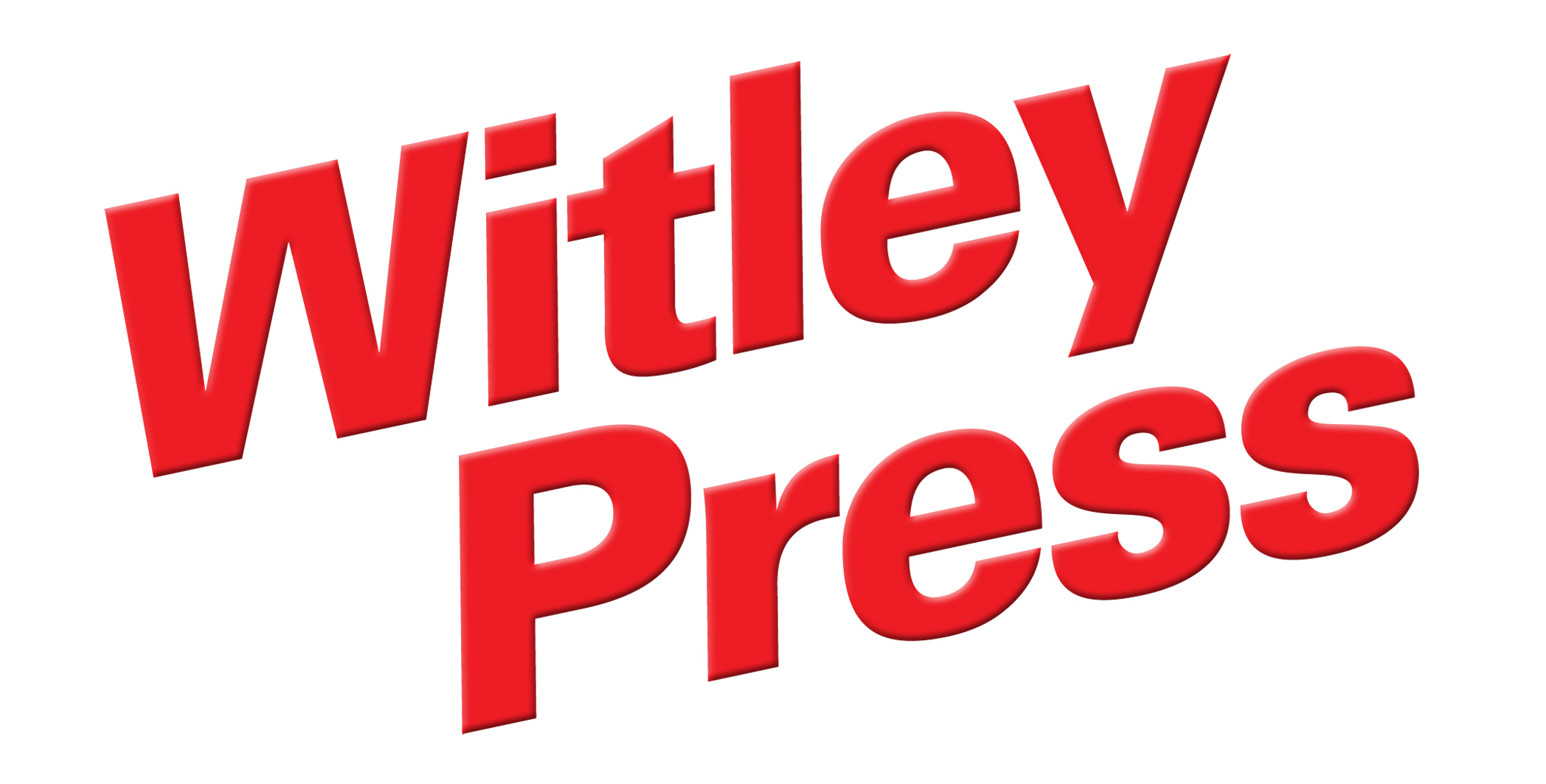
01485 532543
Contact Us
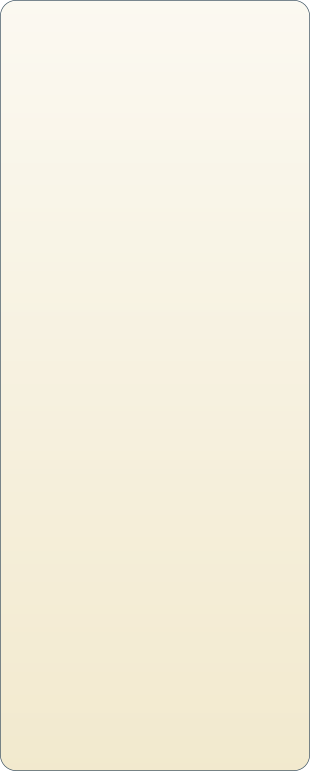
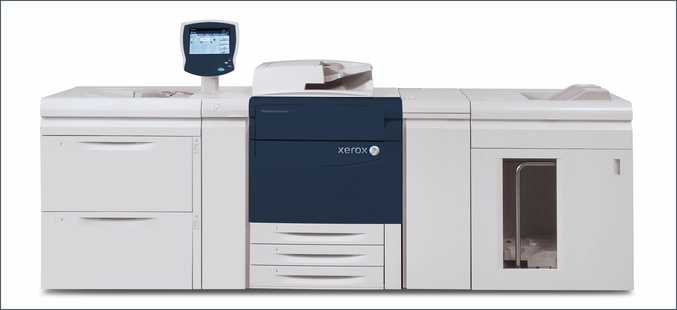
The word paper is a derivation of the word Papyrus; a plant found in Egypt from which paper-like material was first produced 5,000 years ago.
The first creatures known to produce paper were wasps.
A Chinese court official, Ts’ai Lun, is credited with the invention of paper by recording its production method in AD 105. Mulberry bark was mixed with hemp, rags and water, the concoction mashed to a pulp and the liquid then pressed and hung to dry.
England did not have any paper making factories until the late 1400’s. The first paper mill was built in Hertfordshire for john Tate, a London businessman.
Before the final papermaking process of pressing, paper contains 90% water.
Until the end of the 19th century, papermaking involved searches for rags to make paper. This fact must have been on the mind of this anonymous 18th-century English poet who penned the following verse:
RAGS make paper
PAPER makes money
MONEY makes banks
BANKS make loans
LOANS make beggars
BEGGARS
make RAGS
Paper Facts
Paper and Printing
The choice of paper can enhance appearance
We generally print your book on our hi-speed digital printing presses which give excellent results for both black text and colour reproduction.
The type of paper to be used in the production of books depends on a number of factors. When printing text only books, such as novels, we would usually specify a white opaque 80gsm uncoated paper, or a cream rough paper should the customer prefer. However, where a book contains photos, then a 130gsm silk coated paper is a much better substrate to provide lift and definition to the images and gives a quality feel to the text pages.
For book covers, our usual choice is a one sided coated board which gives bulk, rigidity and durability to the finished item. The covers are usually gloss or matt film laminated to provide extra protection from scuffing and marking.
Our paper stock consists of a wide range of different types (including recycled), finishes and weights, and will gladly supply you with samples to help you with your decision. Proofs are supplied printed on the actual machine and materials we will use in the production of your book, so you will have an accurate idea of the finished item.
Paper is a material requiring careful specification and handling so that problems are eliminated in the production process. For example, we always ensure that papers with the correct grain (fibre) direction are used when printing books, so that a strong bind is created and wavy pages are avoided.
We are more than willing to offer advice on the suitability of papers to use for your project and come up with that “something a little different” should this be your wish.
All the papers and boards we use are environmentally friendly and the wood pulp used in their production has been sourced from responsibly managed sustainable forests which have been independently certified.
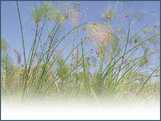

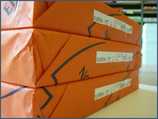
| Self Publishing |
| Small/Society Publishing |
| Artwork |
| Paper and Printing |
| Binding |
| Distribution |
| eBooks |
| Publicity Materials |
| FAQ |
| Business Stationery |
| Marketing Literature |
| Magazines and Newsletters |
| Postcards and Greetings Cards |
| Gallery 1 |
| Gallery 2 |
| Gallery 3 |
| Gallery 4 |